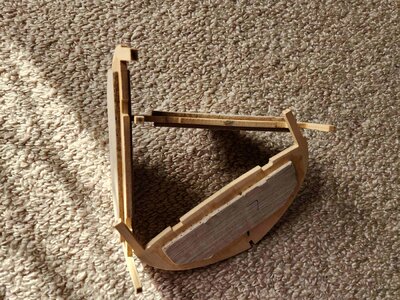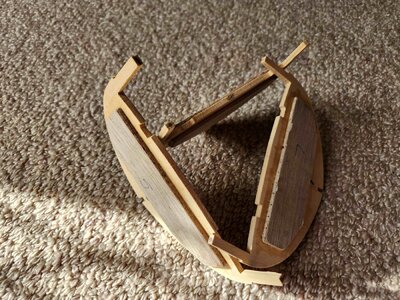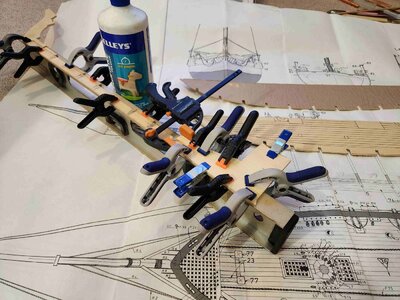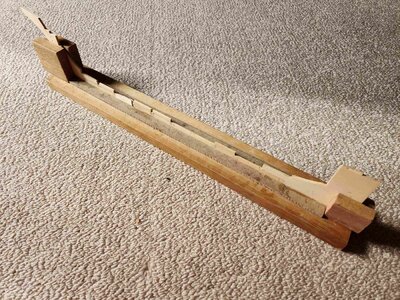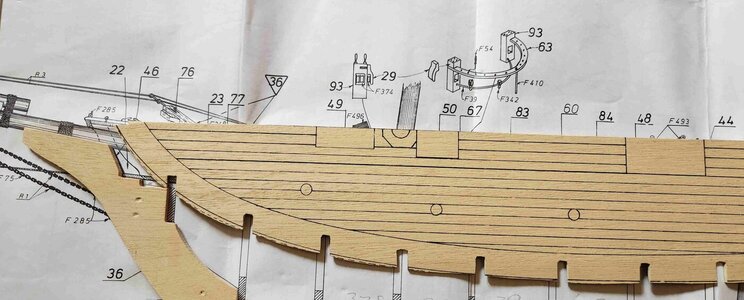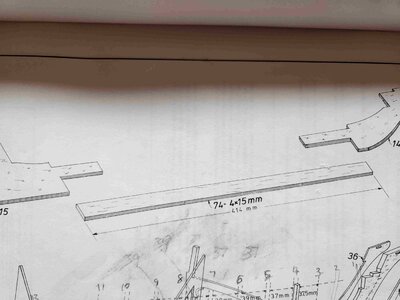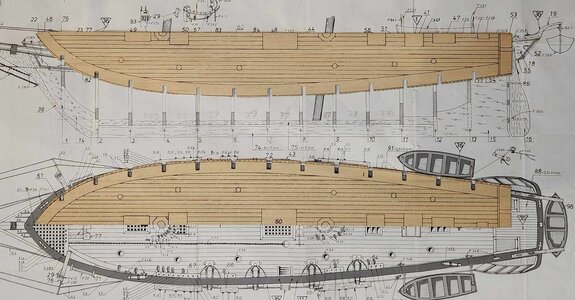- Joined
- Aug 30, 2020
- Messages
- 639
- Points
- 308

Well I did start it but have now dismantled it all again after seeing the precision @Dean62 went to I decided mine wasn't good enough trying to correct the warped wood after assembly, now trying to straighten everything before assembly, there was some damage to the pieces where they were glued but all correctable I think.
The straightening is proving tricky though, tried wetting then put between some glass which is the flattest large surface I have, of course it's not drying very well and after I leave the glass off the top the pieces start bowing again.
Perhaps there is a better technique with limited resources.
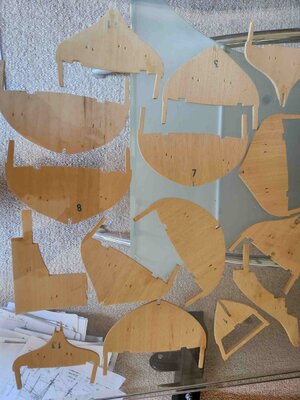
Not obvious in the picture but a thick piece of glass is on top of the parts on a glass table.
The straightening is proving tricky though, tried wetting then put between some glass which is the flattest large surface I have, of course it's not drying very well and after I leave the glass off the top the pieces start bowing again.
Perhaps there is a better technique with limited resources.

Not obvious in the picture but a thick piece of glass is on top of the parts on a glass table.


 , Pete
, Pete